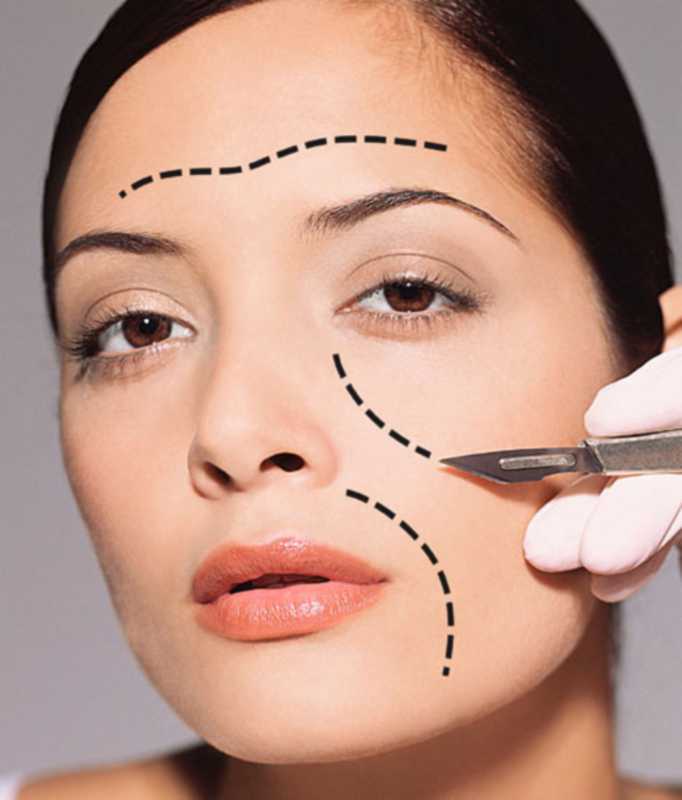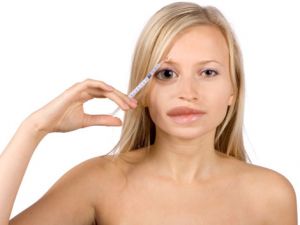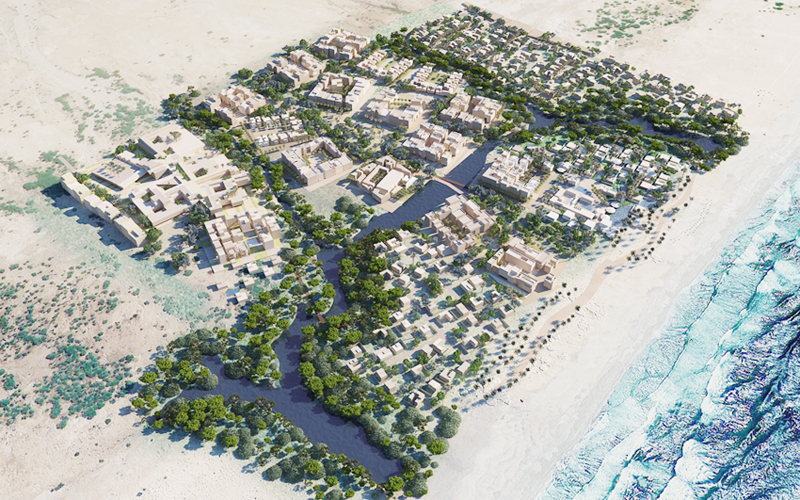Právo: Foreigners spend millions on health care in Czech Republic
Prague :
More and more foreigners seek paid health care services, primarily plastic surgery, surgical treatment of obesity and assisted reproduction, in the Czech Republic, annually spending tens of millions of crowns on them, the daily Právo writes today.
Britons, Germans, Austrians and Russians prevail among foreign clients of Czech health care centers.
The reasons are obvious: they would pay up to 50 percent less for the treatment while the quality and conditions in the Czech Republic are comparable to those in their countries, Právo says.
Another significant reason is that patients often want to conceal plastic surgery from their acquaintances. This is why they like to undergo it abroad, taking holiday over it, Právo says.
“In 2012, the Czech Republic became the most favourite medical tourism destination for Britons,” Ondřej Šebestík, from HealthCzech company, told Právo.
According to preliminary estimates, the number of foreign tourists seeking treatment in the Czech Republic increased in 2013 as well. Both foreign opinion polls and figures from Czech clinics confirm this trend, Právo adds.
It writes that the number of foreign clients of Czech clinics more than doubled in the past years, which is reflected in the facilities’ proceeds.
Besides, the number of English-speaking patients interested in the treatment in the Czech Republic increased more than four times between 2011 and 2012, Šebestík added.
The economic crisis slightly impeded the boom of medical tourism but after the decline in 2008, the number of Britons, for instance, seeking health care abroad started to rise again, Právo says.
Foreigners appreciate the high level of health services in the Czech Republic, similar to Western standards, but for twice or three times lower prices.
The most popular plastic surgery is breast augmentation with implants, which costs an equivalent of over 110,000 Kč in Britain and about 90,000 Kč in Germany, while in Czech clinics it is some 60,000 Kč only, Právo notes.
“In 2013, we provided care for over 1,000 clients from Germany, who arrived in the Czech Republic mainly to seek plastic surgery and assisted reproduction,” ISCARE clinical center general director František Lambert said.
Foreigners seek most frequently breast operations in the Czech Republic, which make up almost 50 percent, followed by liposuction, abdominal plastic surgery, face lifting and eyelid surgery, he added.
A client spends 65,000 Kč in the center on average, Právo says.
Besides, it writes, foreign couples who need assisted reproduction technology go to the Czech Republic also because of its more flexible legislation, compared to other countries. Czech law enables anonymous sperm and egg donation, for instance.
In Europe, the Czech Republic, along with Spain, is the most popular destination for infertile couples,” ISCARE assisted reproduction centre head doctor Jaroslav Hulvert confirmed to ČTK.
“We estimate that 4000-5000 IVF (in vitro fertilisation) cycles were carried out to foreign clients in the Czech Republic in 2013,” Eizellspende IVF company executive Oliver Nosek told Právo.
Another boom of medical tourism can be expected in connection with the EU directive under which any EU citizen who has the right to a treatment covered by health care insurance in his home country can apply it in any other EU member state on condition it is not available at home in a reasonable time horizon and if the treatment costs do not exceed the costs at home, Právo writes.
The EU members had to transpose this regulation into their legal orders as of October 2013, it adds.
source: http://www.praguepost.com / Prague Post / Home> EU News / by Czech News Agency / Prague – February 03rd, 2014




